Binding wire, often recognized for its versatility and durability, plays a crucial role in numerous industries. This metal coil binding is typically used in construction, crafting, and many other applications where secure fastening is required. While the primary function of binding wire is to bind objects together securely, the specifics of its use can vary significantly depending on the type, application, and materials from which it's made.
Types of binding wires
Various types of binding wire exist in the market, each serving a unique purpose. Twin-loop wire binding, also known as double loop wire binding, is widely employed in the bookbinding industry. This type of wire provides a clean, professional look to documents and is known for its durability and strength. Another common type is the 2 1 binding wires, which are used when a stronger bind is required. They provide a more secure hold and are less likely to unravel or break. The type of binding wire chosen will depend largely on the specific needs of the project or task at hand.
Applications of binding wires
Binding wire is indispensable in a variety of applications. In the construction industry, it is frequently used to secure steel reinforcement bars together to form a robust framework for concrete structures. Its strength and resilience make it ideal for this demanding application. In the crafting sector, binding wire is used in jewelry making, floral arrangements, and other creative projects. Metal binding combs are often used in the printing industry to bind pages together, providing a professional and neat finish to documents, reports, and presentations. Regardless of the application, the key is to select the right type of binding wire to meet the specific requirements of the job.
Materials used for binding wires
The material of the binding wire significantly influences its strength, flexibility, and corrosion resistance. The majority of binding wires are made of steel or iron due to their strength and durability. However, stainless steel, copper, and aluminum are also used depending on the application. Stainless steel binding wire, for example, is highly resistant to corrosion, making it an excellent choice for outdoor applications. On the other hand, copper binding wire is soft and malleable, making it a popular choice for crafting projects. The material chosen will depend on the specific requirements of the project, including its strength, flexibility, and resistance to environmental factors.
Selecting the right type of binding wire is critical for the success of any project. It's essential to consider the type of binding wire, its application, and the material from which it's made. Whether it's for construction, crafting, or bookbinding, the right binding wire can make all the difference in the final outcome of a project.
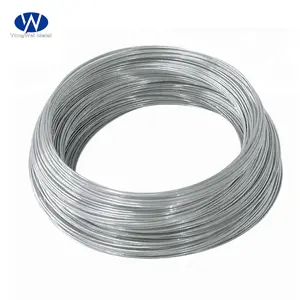
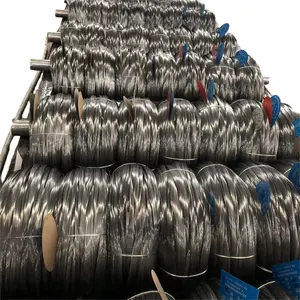

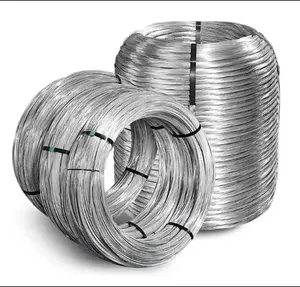

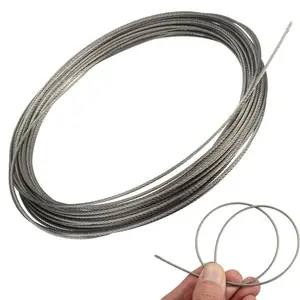





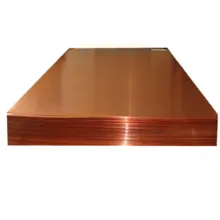


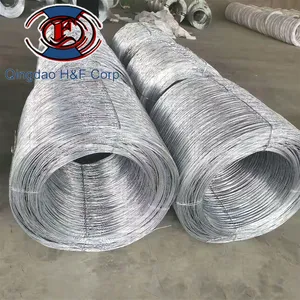



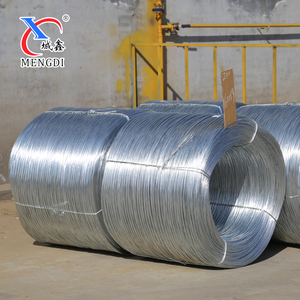















 浙公网安备 33010002000092号
浙公网安备 33010002000092号 浙B2-20120091-4
浙B2-20120091-4